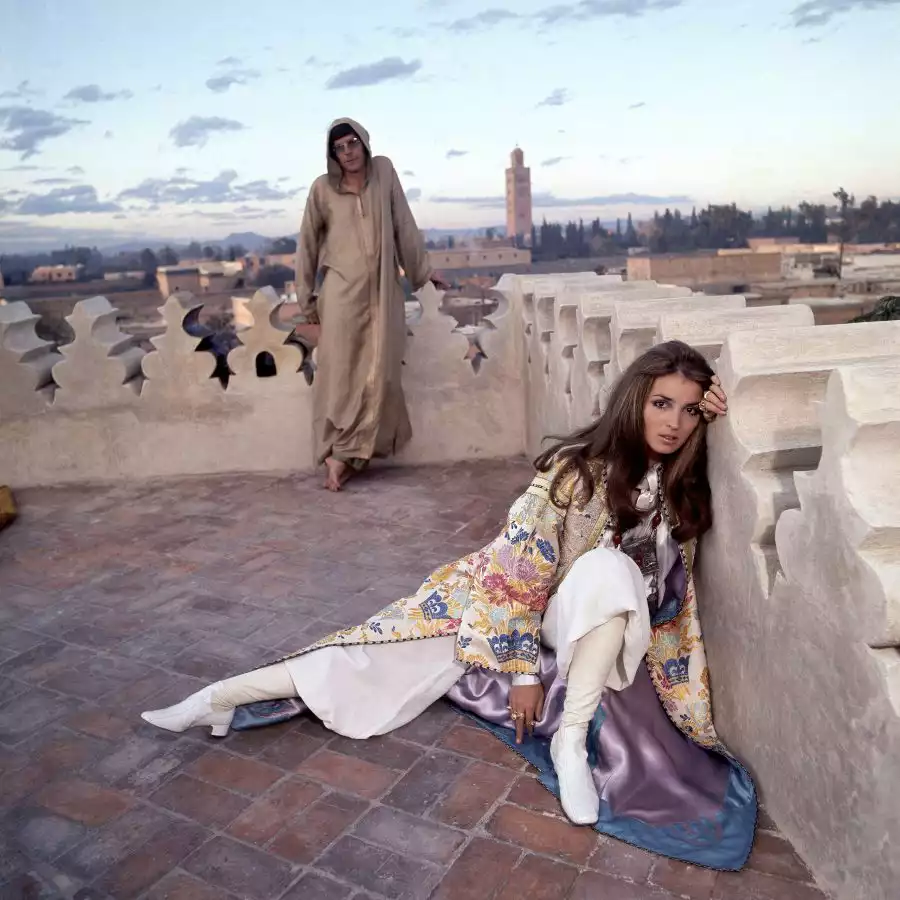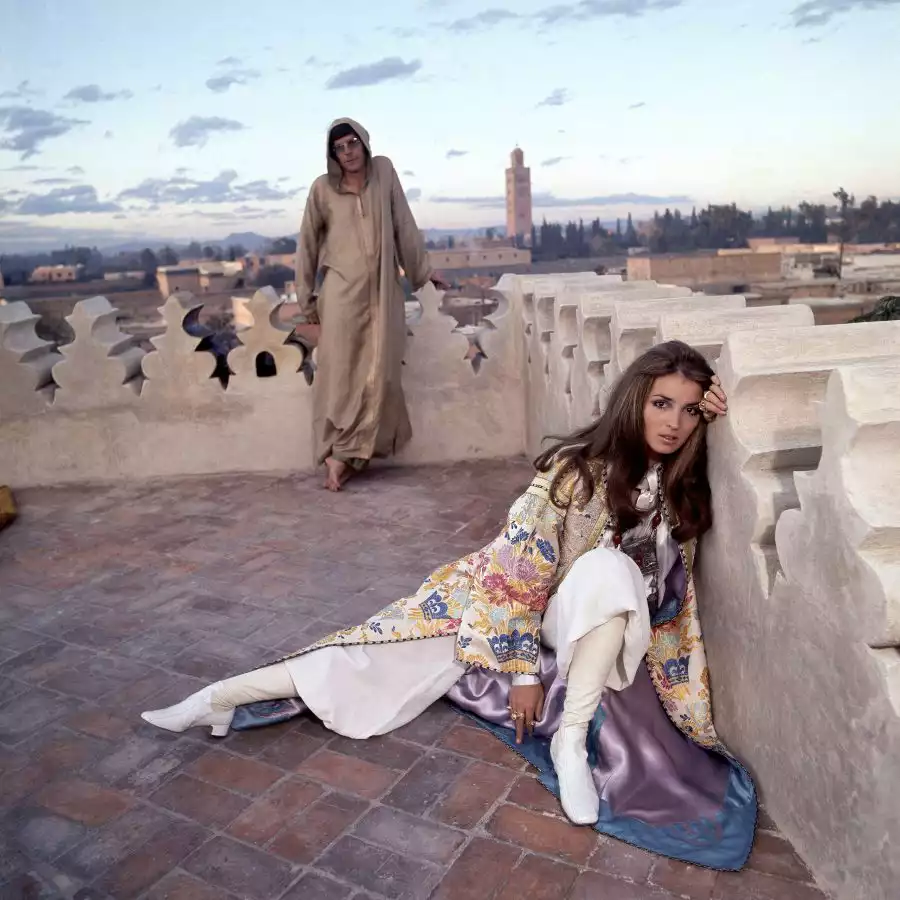There are few moments in history that have impacted our modern culture as much as the start of the 1970s. The music, the fashion, the art, the design, the politics, philosophies and ideas of that time have deeply shaped the way we think and speak even today.
Cultural icons like Jim Morrison, Brian Jones, John Lennon, Mick Jagger, Yves Saint Laurent, Andy Warhol, Edie Sedgwick, Diane von Furstenberg, Jimi Hendrix and others led the charge in a very public way; espousing the free-loving, free wielding spirit of the era and introducing themes of sex-drugs-and-rock n’roll to a generation dead set on challenging the status quo.
But in between the glitz of celebrity and ensconced away from the flash of the mainstream press cameras was a glittering new class of bohemians that influenced those influencing the mainstream. A secretive gypset of wealthy young bohemian travellers that set the tone for the trends of the time – the so called “jet set”. Scions of industry magnates, muses, artists and professional bon vivants – they took the world by the horns, determined to make it their own by globetrotting and socialising their way around it.
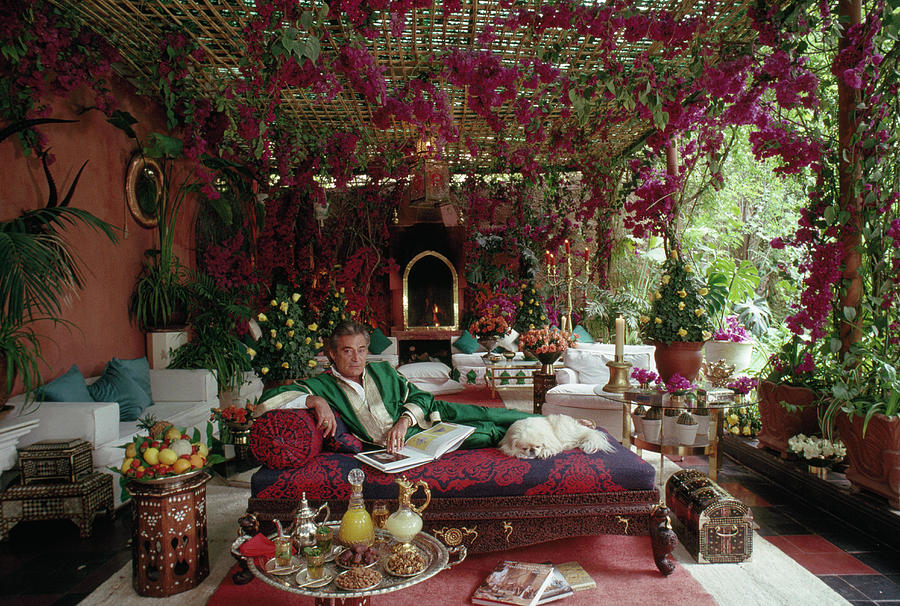
Their names read like a menu of cultural influences we still feel today Sedgwick, Herrera, Rubirosa, Whitney, Bibba, Guggenheim, Kennedy, Monroe, Getty, Onassis, Casiraghi, Thynne, Rothschild and their fearless exploits were captured by wanderlust documentarists Slim Aarons, Bill Bernstein, Norman Parkinson, Patrick Lichtfield and David Bailey, among others.
But among all the glittering names, far flung locations and evocative imagery there was one muse that seemed to enrapture the whole generation; a Dutch femme fatale that would prove to be the unspoken eye of the hurricane – the inimitable Talitha Getty.
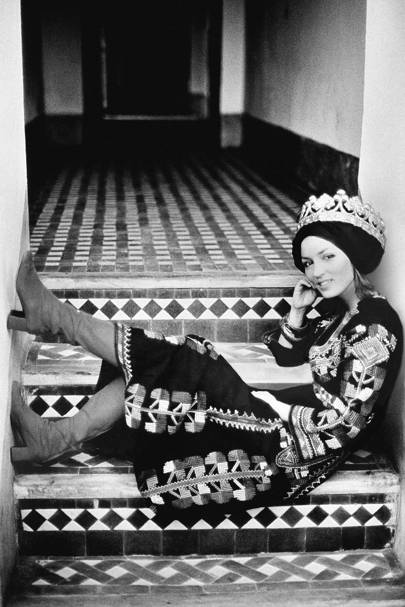
Born in Java (Indonesia), raised in a Japanese internment camp and relocated to London – Talitha Dina Pol (later Getty) was the daughter of artists and the step-granddaughter of the celebrated painter Augustus John as well as the niece of famed cellist Amarylis Felming (via Ian Fleming’s widowed mother). Her exotic nature and authentically bohemian upbringing made her arrival in London nothing short of a whirlwind. She befriended the great and the good and became a fixture of the social scene.
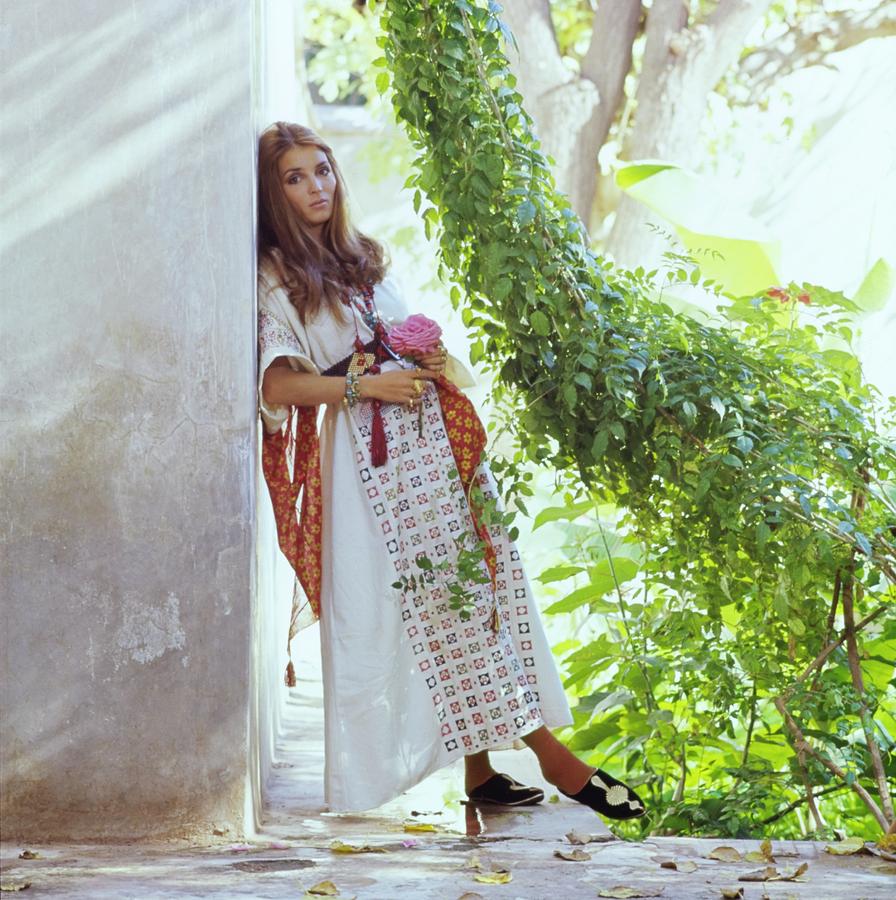
After a period of travel with various high profile lovers to once quiet picturesque fishing villages across Europe (Porto Ercole, Saint Tropez, Capri, Porto Fino and Monte-Carlo) she returned to London where she moved on to studying at RADA and a torrid romance with was the world-renown dancer Rudolf Nureyev. It was during this time that she was introduced to socialite Claus von Bülow who worked for Getty Oil’s operations in London and took her under his wing.
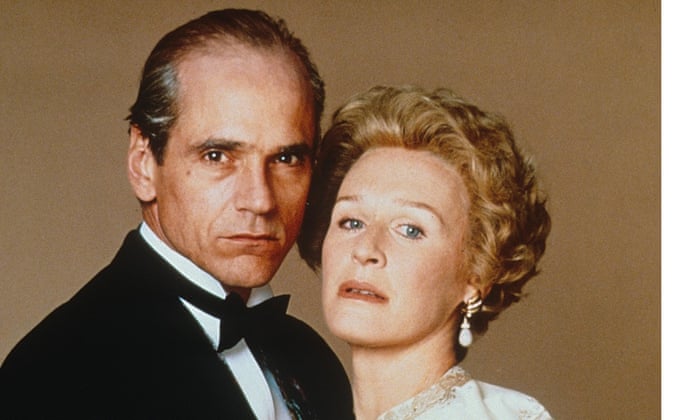
where Irons won best actor Oscar (1990) for his portrayal of Claus von Bülow
Von Bülow was taken by the exotic Dutch coquet and took it upon himself to invite her to the many legendary dinner parties at his Chelsea home at which she eventually met the young wild-child billionaire John Paul Getty Jr. Getty and Talitha became fast friends and even quicker lovers, marrying a year later (Talitha in a white miniskirt, trimmed with mink) in Rome.
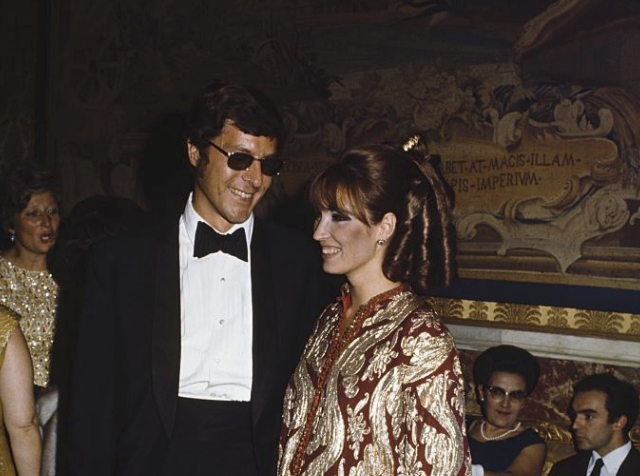
Their relationship was as fast paced as their characters and after a season of prancing through friends grand houses and villas across Europe they found a home and solace in the more remote location of Marrakech. Here they would establish what was described by friends as a “pleasure palace” in a glamorous riad where they hosted Mick Jagger, Marianne Faithful, Jim Morrison, Keith Richards and mingled with the central figures of ‘Swinging London’ as well as young European royals lamenting their lost kingdoms and British aristocrats abandoning their crumbling estates back in Britain.
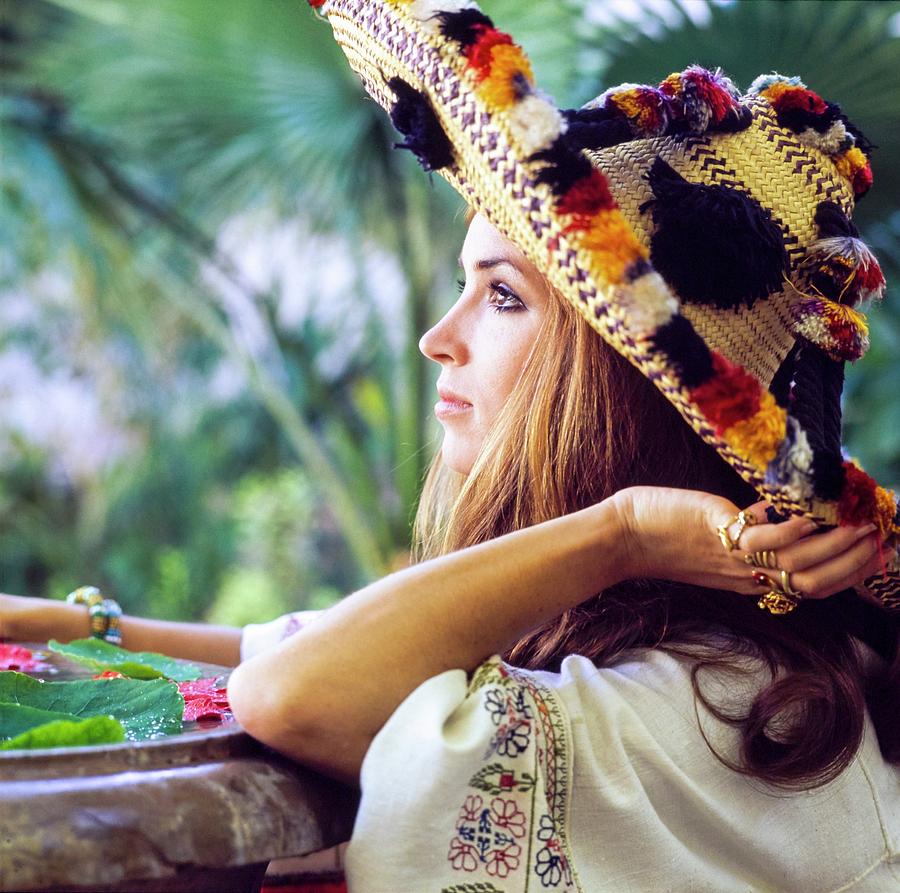
Talitha had a flare for the theatrical, reportedly creating magical surroundings within the riad for both sensual and artistic experimentation but most impressive of all was her aesthetic sensibility for fashion. She effortlessly combined her Asian upbringing with her European sensibility to pull together exotic outfits that drew the attention of all the world’s greatest designers. Yves Saint Lauren, himself a Moroccan resident, exclaimed that Talitha was “his greatest muse”, Diana Vreeland dubbed her the “style icon of the century”, Oscar de la Renta based a collection off of her and countless others looked to her ’souk-chic’ style for whimsy and inspiration.

Inevitably, the rumours and photographs of Talitha’s unmatched style drew the attention of Vogue in 1970 and the publication sent Patrick Lichtfield to document her and JP Getty Jr. in their Moroccan home. The photographs are now iconic and the basis of fashion legend – still finding their way to mood and inspiration boards around the globe.

Sadly, a year later (a short three years after giving birth to their son Tara Gabriel Gramophone Galaxy) the couple split up and the hedonistic lifestyle they were living caught up with them.
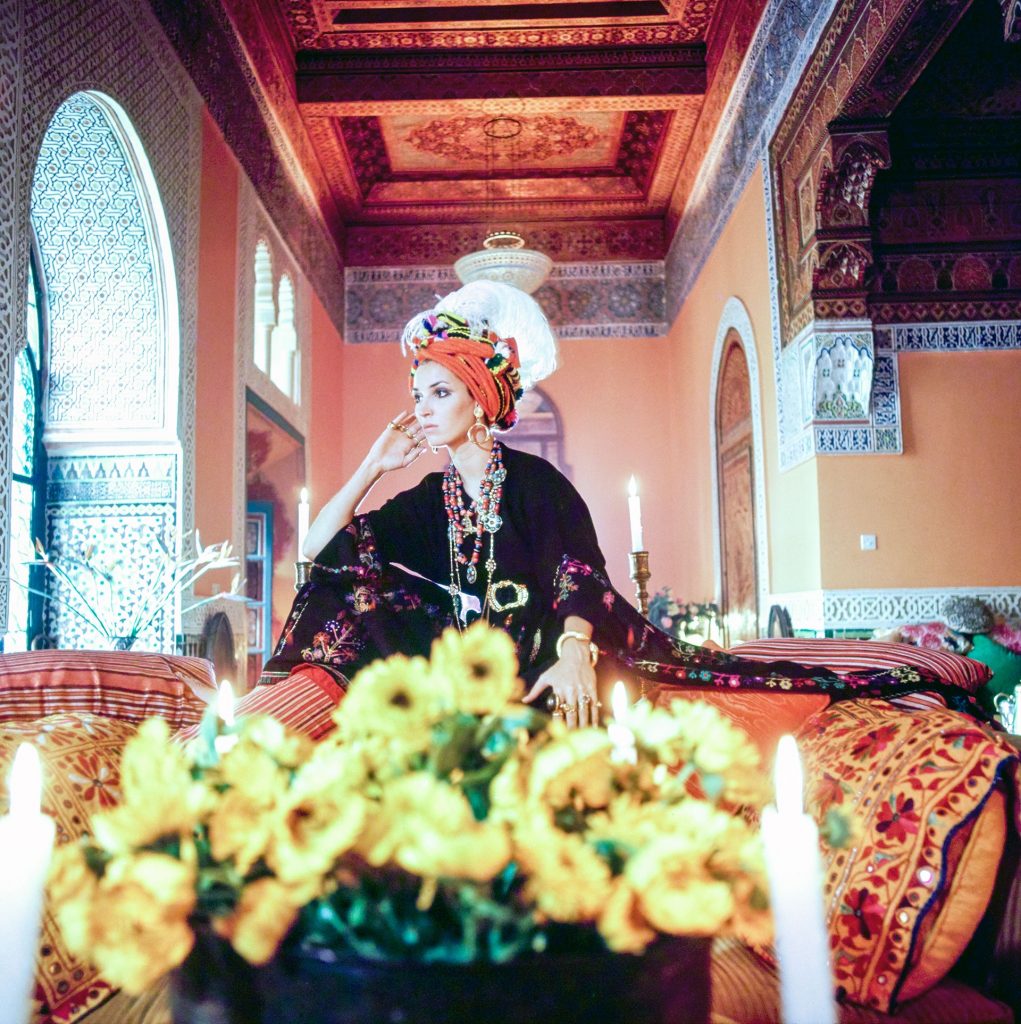
Many of their friends had succumbed to drug overdoses and suicide (Jimi Hendrix, Janis Joplin, Brian Jones of the Rolling Stones, Alan Wilson, Jim Morrison, Eddie Sedgwick) and their addictions were getting worse. After a few failed attempts to shake her affair with French aristocrat and “drug dealer to the stars” Count Jean De Breteuil and a move to Rome to attempt to reconcile with Getty, Talitha died of an opioid overdose at age 30.
Her great friend Yves Saint Laurent lamented that they were “the beautiful and damned”, quoting F. Scott Fitzgerald’s famous turn-of-phrase. The world of the high flying jet set mourned then as now, but her spirit lives on as a glowing light of the era, an unwavering beacon pushing through the fog of complacency. Her soul and artistic nature can be felt alongside the many great cultural icons of the era that we still celebrate today.
UP NEXT: Stories of Royal extravagance….

